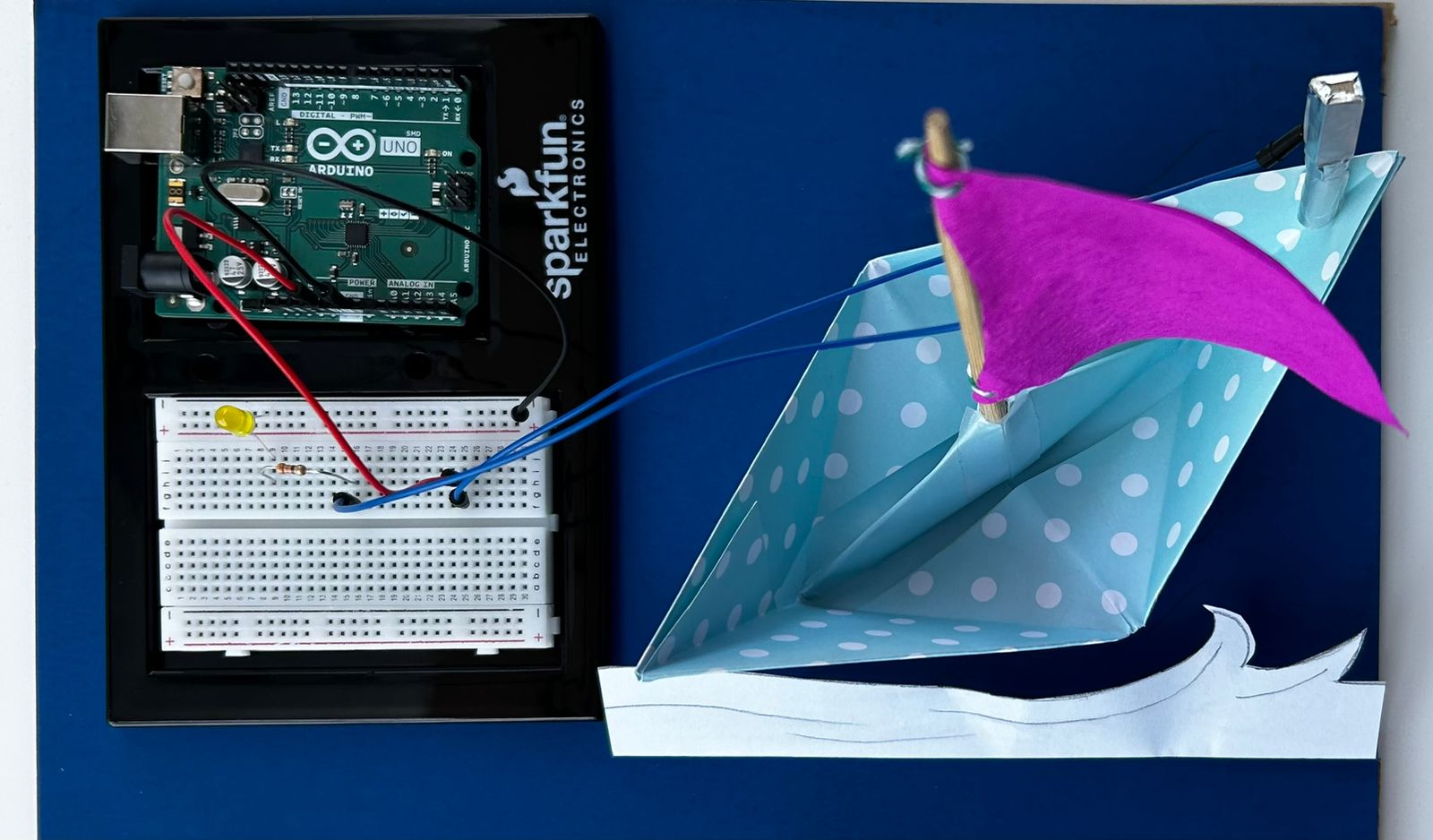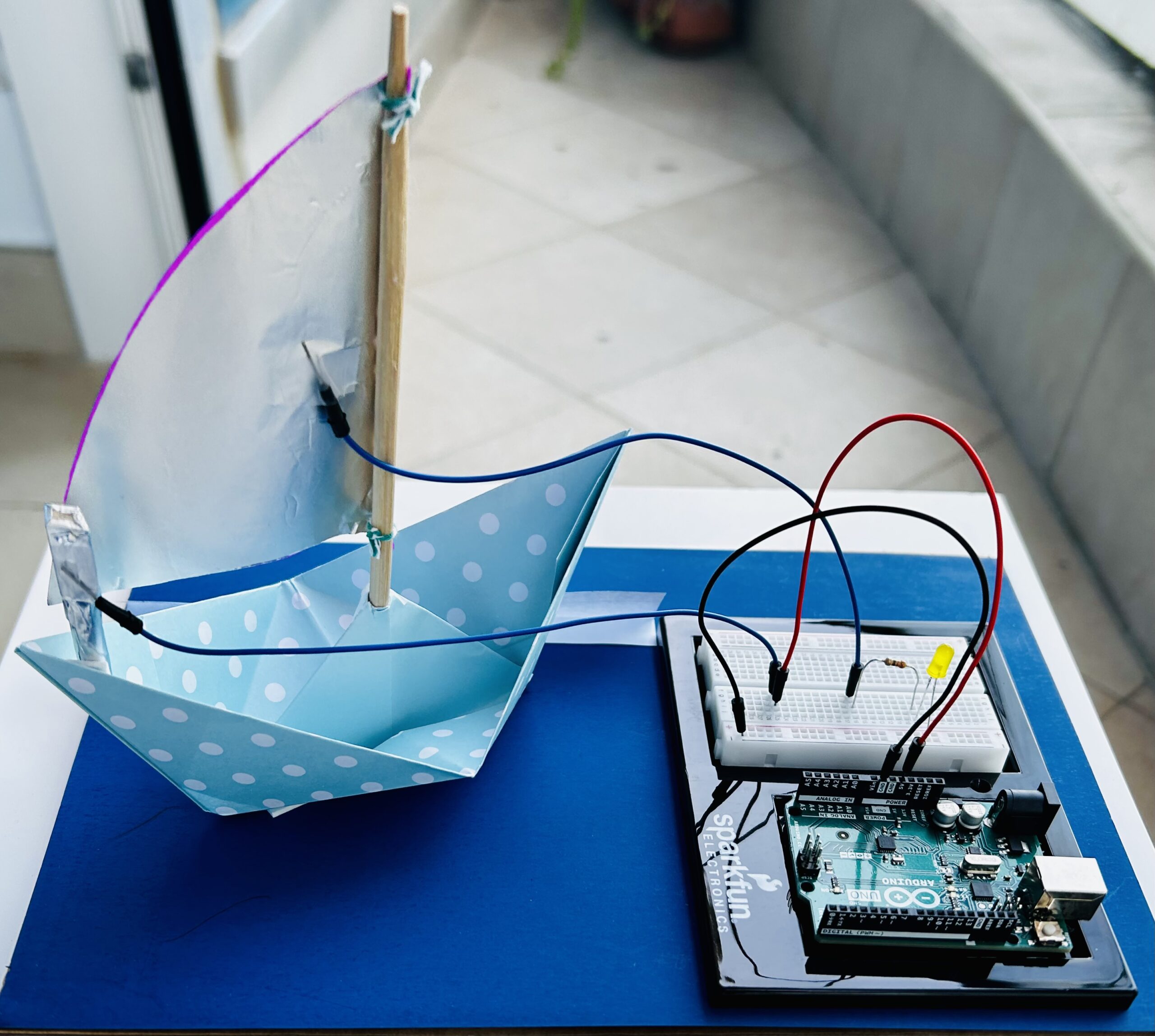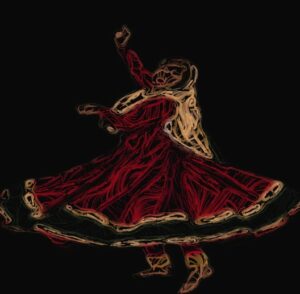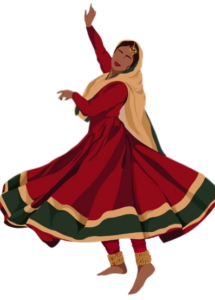Emotion & Design: Attractive things work better
The article serves as a response to the feedback of Norman’s previous argument in “The Design of Everyday Things” where he had emphasized on the importance of user centered design. In this paper, Norman clarifies that by usability focused design he did not mean the absence of aesthetics. An ideal design would no doubt be something that combines both pleasure and usability. This aspect reminded of the architecture of the Louvre Museum in Abu Dhabi. I believe the dome of the museum is an example of ideal design. While it rightly captures the essence of Arabic design with the creation of the “rain of light” effect, it also serves a sustainable purpose of reducing the energy consumption inside the buildings by shading it from the intense heat. Such a design is the right balance having practical functionality and being visually appealing. Another idea presented by Norman that I found interesting was the different ways in which a design can be interpreted depending on the situation and context.
Her Code Got Humans on the Moon – And Invented Software Itself
The article recounts the remarkable contributions of Margaret Hamilton in the field of software engineering. Her continuous efforts to strive despite the comments of people around her that tried to pull her back, serve as a source of inspiration to the women who face similar situations in male dominated fields of work. I feel the article also sheds lights on the power of creativity which can unexpectedly lead to great inventions. It is important for us to stay focused on our work with utmost dedication and passion. At the same time, it is necessary to remember that our path may not come without obstacles, like the errors that Hamilton encountered, and hence we must remain adaptable to change gears according to what the situation demands. An attitude that combines creativity as well as presence of mind is crucial to design and computing. What I found most inspiring in the article was Hamilton’s perseverance and her approach to try and provide a prevention for every possible error to make the mission as close as possible to being perfect. I believe such stories ought to be brought to light to create an awareness about the individuals behind ground breaking missions and the struggles they had to deal with.





